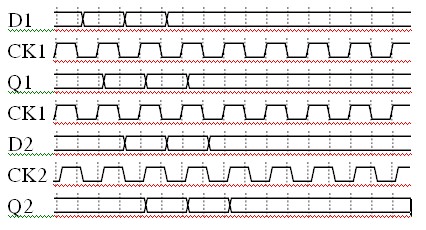lty
Junior Member level 3

I am studying the ATPG recently.
I try to understand why insert a look-up latch in a chain when the chain is crossing clock domain.
Can anybody give some answer about this, or give some reference?
I try to understand why insert a look-up latch in a chain when the chain is crossing clock domain.
Can anybody give some answer about this, or give some reference?

